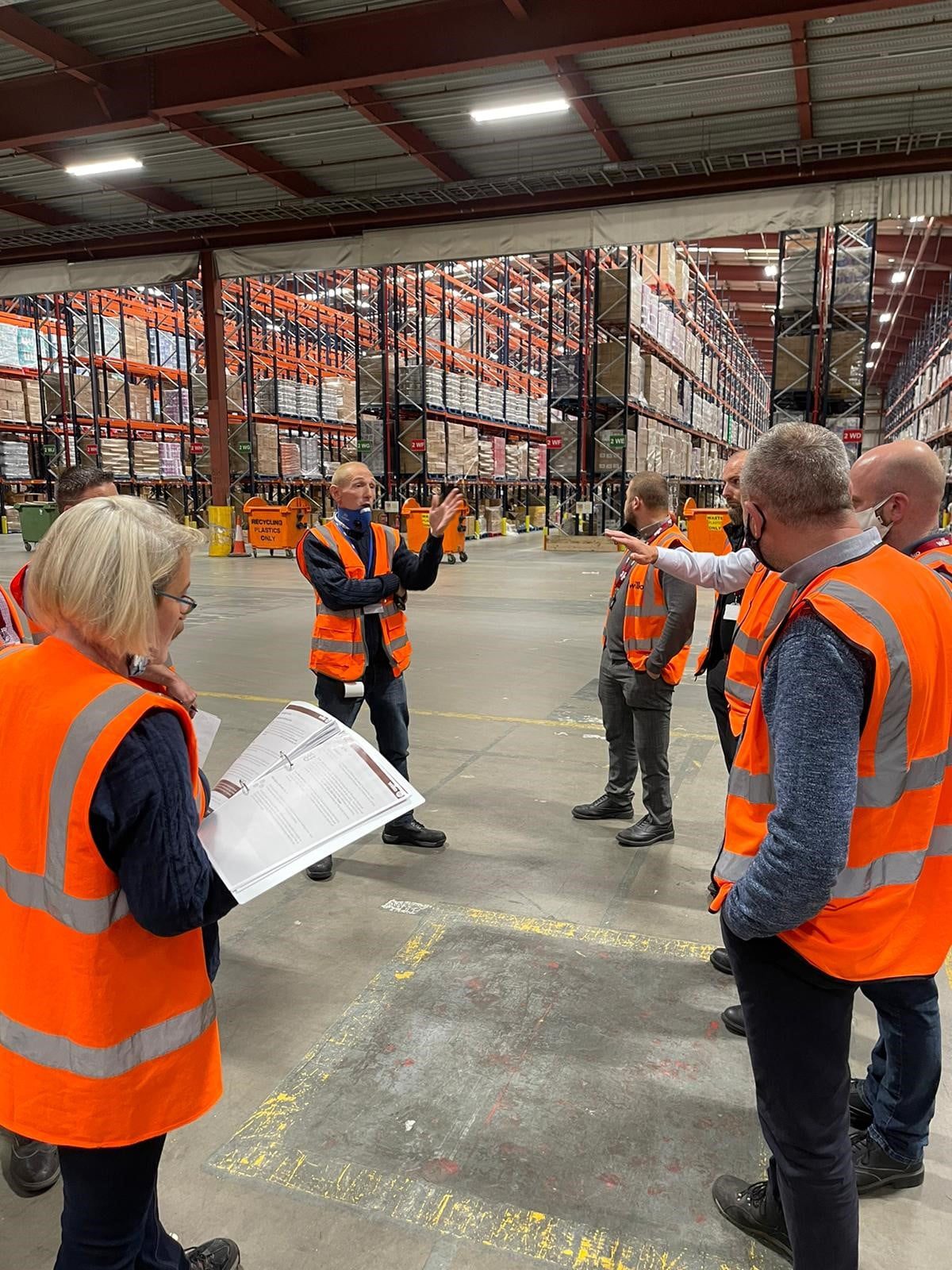Business Process Re-engineering
Increasing sales is paramount and additional processes and tools are typically laid on top of these foundations. This focus on sales growth often means that establishing robust internal processes take a back seat.
But time and people move on, markets change and customers demand enhanced features and service.
Suddenly you realise your previously successful business is creaking under pressure to get the work out.
Maybe automation is introduced in the hope of solving the issue. However time to delivery increases, costs increase, staff turnover continues to increase.
Customer satisfaction, staff morale and margins fall. And no-one can precisely identify the ‘why’.
The ‘why’ is often made up of many small changes to, or gaps in, local processes within departments.
Typically, they accumulate over time, with the issues being sticky-plastered over in the short term by goodwill and workarounds, finally reaching a critical mass.
Dealing with this situation is where business process reengineering (BPR) comes in.
Now’s the right time to stop and study. It’s time to
- Fundamentally rethink how the organisation delivers to customers.
- Invest in understanding, from end-to-end, the business and customer requirements in a logical way.
- Understand and implement process improvement to benefit the whole organisation, not just push the problem up or down the line.
- Set up a model for continuous process improvement to establish and maintain a world-class competitive edge.

Embarking on identifying where processes are falling over and implementing process improvement methodologies is often hard to do using internal resource. Most people don’t like change and many will hold onto bad process rather than admit they could have been operating in a more efficient way. Certainly, it is almost impossible to carry out the initial diagnosis stage without engaging an independent third party– who can be unbiased in drawing conclusions.
Even better if that third party is an independent, lean-qualified, process improvement consultancy, used to supporting the people-side of business reengineering as well as the systems-side, and can provide guidance on how to roll-out the recommendations now and to establish a continuous improvement cycle. Of course, we would say that!
